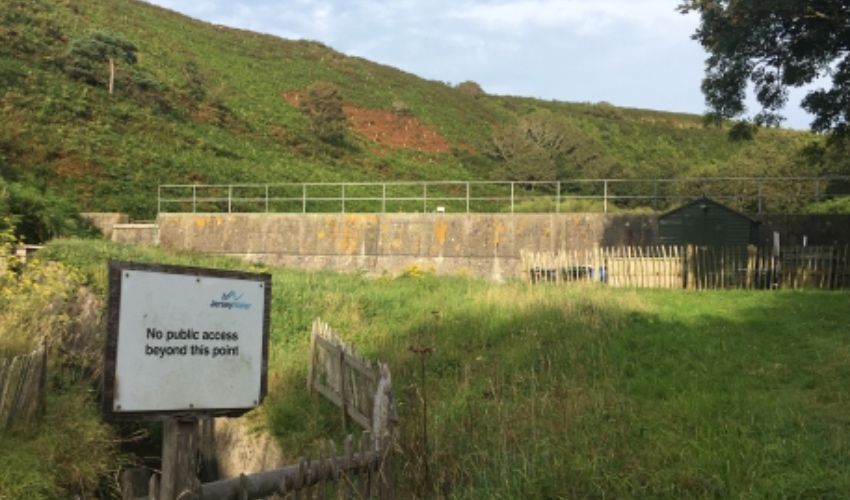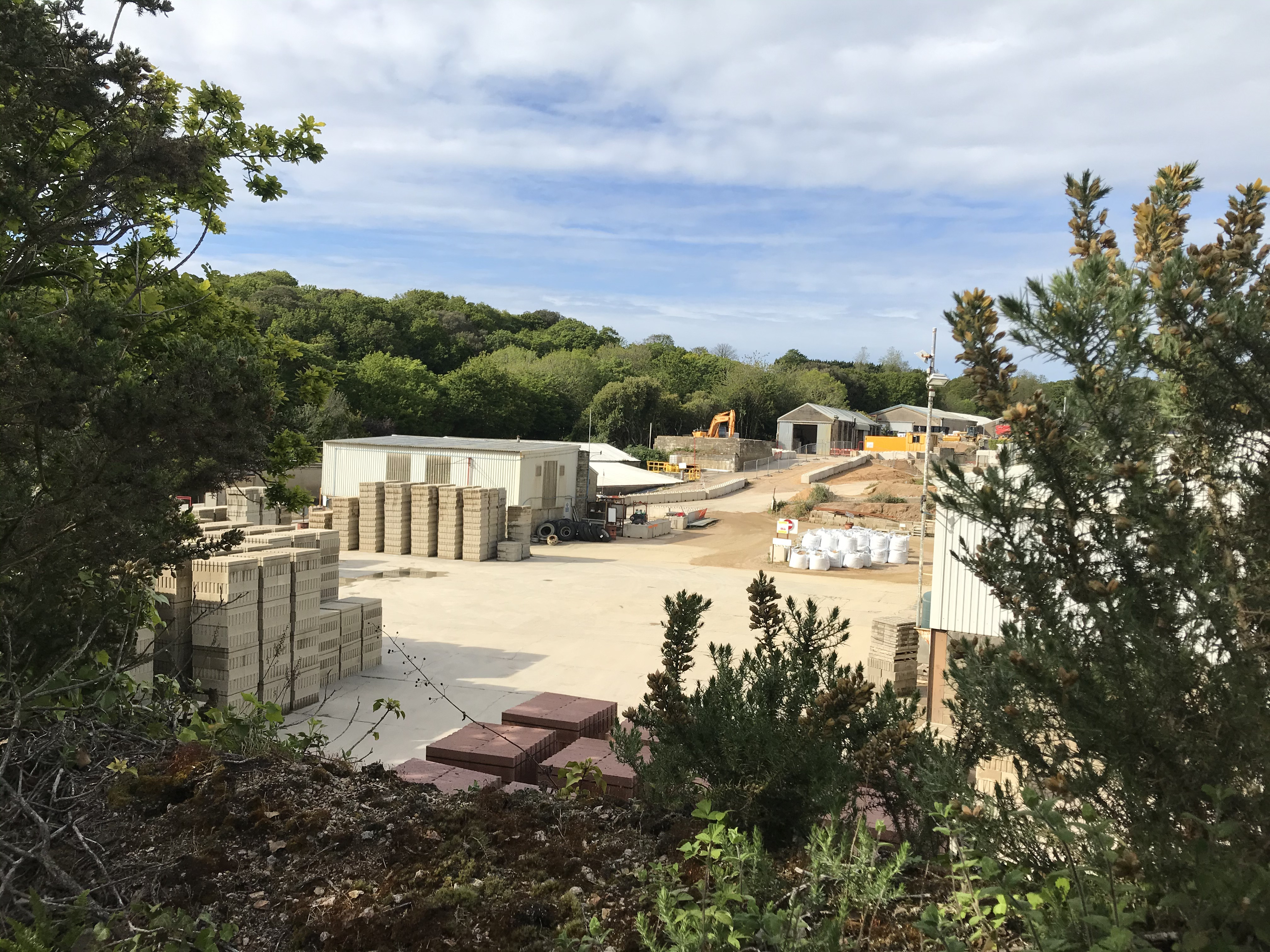


A new reservoir will have to be built by 2045, or an existing one extended, if the island is going to have enough water to meet increasing demand, a key report by Jersey Water has concluded.
Jersey Water has published a 25-year plan to cope with an increasing population and a rising risk of drought caused by global warming, which it says will increase the average bill by £22 a year in order to fund the report's first five-year phase.
Options to meet the anticipated shortfall include building a reservoir at Le Mourier Valley in St. Mary, or at St. Catherine’s or raising the height of the Val de la Mare dam.
The company has now discounted its previously preferred choice, which was to use La Gigoulande Quarry in St. Peter's Valley for water storage, after the idea was not supported by Government in the recently published Island Plan.
Another viable option includes recycling the 6m litres of waste water which currently comes out of the sewage treatment works at Bellozanne each day and is pumped out to sea.
Helier Smith, CEO of Jersey Water, said: “The prospect of flooding a new valley anytime soon, I would say is remote. However, the reality is Jersey needs more water storage, so we have to balance conflicting needs and come up with a solution which is the best one for the whole Island.

Pictured: Jersey Water CEO Helier Smith.
”Whether that be Le Mourier, Val de la Mare or St Catherine’s, we need to need to address all of the potential sites to ensure we get the best one for the community.”
Mr Smith describes extending Val de la Mare as the “obvious candidate” as it had also been proposed in the company’s last drought management plan of 2008/9.
Flooding Le Mourier had also been ‘Plan B’ if Queen’s Valley had been rejected in the 1980s, so Jersey Water still has all the plans and studies that were carried out then.
Mr Smith said: “Demand-management can’t alone resolve the water resource issues in the island, so we do need to provide additional water resources.
“The short-term solution in the plan is desalination, and a number of other measures, but long-term the island does need additional water storage.
“To provide context, Jersey has around 120 days of water storage. Guernsey has got one year’s and your average water company in the UK would have two years. So we really are out on a limb in terms of the amount of storage we have.
“And when you’re facing much greater fluctuation in rainfall patterns as a result of climate change, it is increasingly important to have reserves, in case it doesn’t rain.
“Long story short, we need more reservoir capacity, so the next question is where do you accommodate that.”
Jersey Water estimates that demand for water during dry periods will increase by 15% from around its current 21 million litres per day to nearly 24m l/d by 2045, primarily due to population growth.
Meanwhile, the amount of water that can be reliably supplied from existing water sources during a severe drought is estimated at just over 19m l/d. This supply is forecast to reduce to around 17.5m l/d by 2045 due to the potential impact of climate change.
Jersey Water is optimistic that cheaper and less impactful options will help plug some of the gap between supply and expected demand.
These include:
Addressing the need for extra storage, the report says: “Our preferred solution for addressing the lack of adequate reservoir storage on the island would have been the partial conversion of La Gigoulande quarry into a new raw water storage facility.
"However, in dialogue with Government about the Island Bridging Plan and infrastructure review, we have excluded this option from our recommended plan.

Pictured: Jersey Water hoped to utilise a quarried hole at La Gigoulande for water storage but this proposal is not supported by Government.
“This decision removed the most cost-effective water storage solution but the fundamental need to provide additional reservoir storage remains central to the future resilience of Jersey’s long-term water supply needs.
“We will therefore carry out further work over the next few years on the remaining feasible options for increasing reservoir storage and confirm the best solution for securing the required long-term supply resilience by 2045.”
“We have included a benefit of 1.9m l/d in the recommended plan for a storage solution based on the assessed deployable output for the raising Val de la Mare reservoir option or a new reservoir option (Le Mourier) that could be developed within the existing Le Mourier stream intake catchment.”
The expected cost of delivering the first phase of Jersey Water’s plan until 2025 is around £12.5m of capital investment, with operational costs increasing by about £400,000 a year.
The company say that funding the first phase will increase the average customer bill by £22 a year, including inflation.
“Further work is underway to secure capital funding and build an affordable payment plan for all customers that minimises customer tariffs going forward,” it adds.
“We will further review the delivery costs and assess the tariff impacts of subsequent phases of the plan over the next few years, in particular to take account of our further planning work for the PFAS management options and additional reservoir storage solution.
“By including a new storage option in our plan, it will reduce the need to increase water bills in the long term due to less reliance on expensive desalination.”
The company says its plan takes a “no regrets” approach which can be adapted if presumptions change. It also builds on Jersey Water’s “leadership” in reducing leakage and introducing metering, which has helped to reduce consumption.
Comments
Comments on this story express the views of the commentator only, not Bailiwick Publishing. We are unable to guarantee the accuracy of any of those comments.